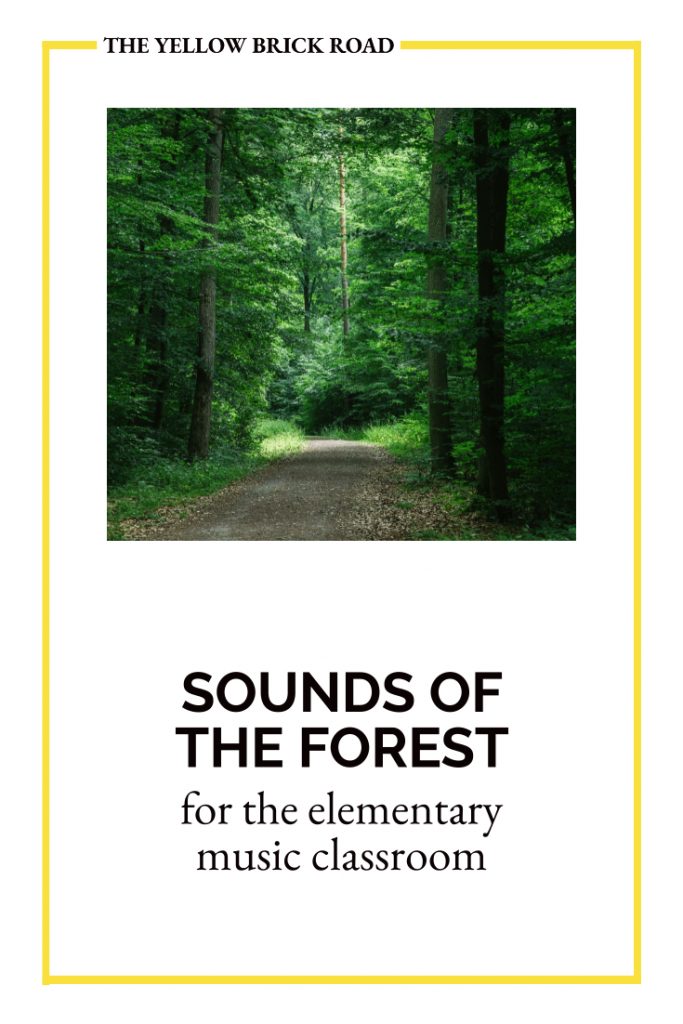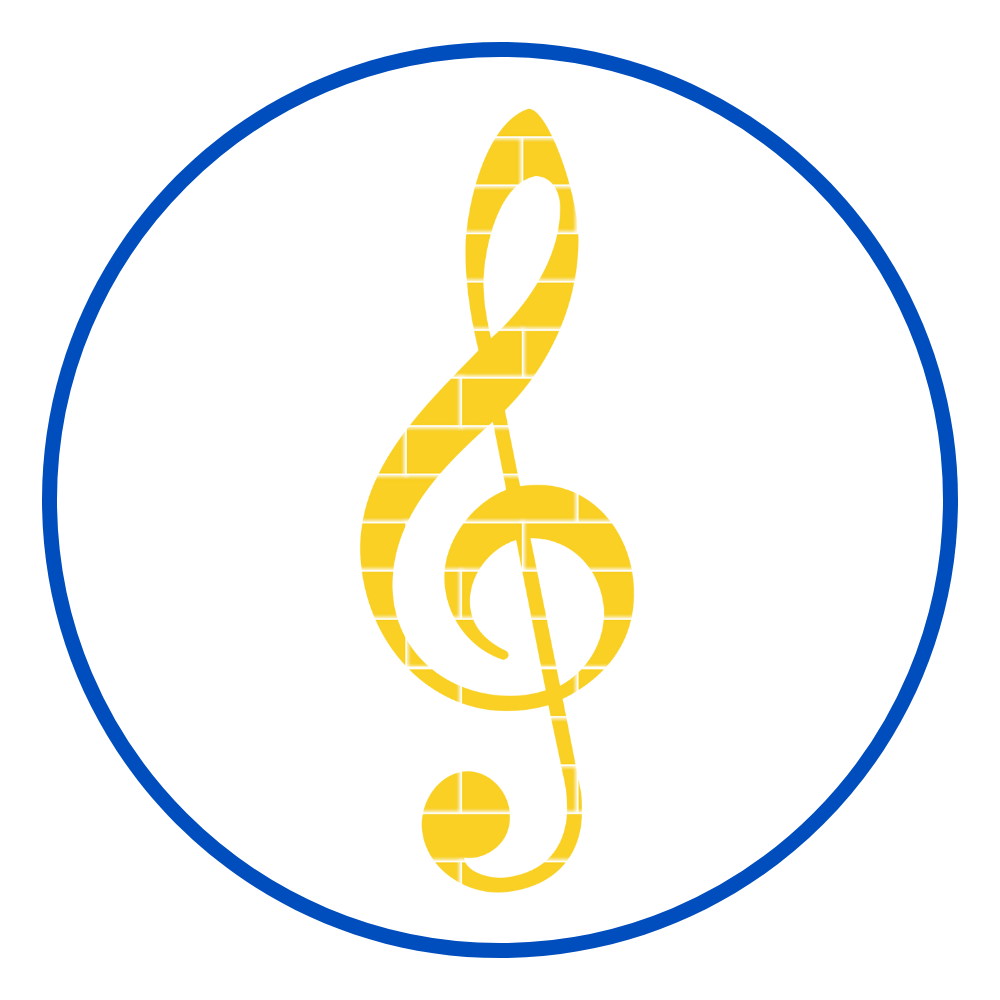Sounds of the Forest by Sofia Gubaidulina is the musical embodiment of the birds chirping, rushing water, and rustling leaves. If you’re looking for a piece to teach several concepts that could be adapted to multiple grade levels, this is it.
Sofia Gubaidulina is a living composer of modern music. She was born in Russia and has experienced much of the same criticisms and challenges as her female colleagues. The government criticized Sofia’s use of alternative tunings. “In 1979, she was blacklisted as one of the “Khrennikov’s Seven” at the Sixth Congress of the Union of Soviet Composers for unapproved participation in some festivals of Soviet music in the West.” Despite these challenges, she has won numerous awards for her compositions from all around the world and has received several honorary degrees from world-renowned universities.

EXPRESSION
It’s important that students be able to communicate the expressive qualities of music. For students of the Feierabend Philosophy, this would be the “artful” portion of the lesson. I think it can be tempting to forget about musical expression when we’re in a hurry to focus on literacy. But when we consider what draws us to music in the first place, we quickly realize that expression should be a top priority.
Students don’t play music to count the rhythms and name notes. Students play music to feel deeply and to connect with the world around them.
Young students can communicate this musical expression through drawing or movement activities. Having young students “draw what the music makes them imagine” is an activity that could easily be used in the students’ homeroom, in the art classroom, or as part of a sub lesson. Students could also move to the music in their physical education classes (provided there’s been sufficient collaboration between the teachers first).
ASKING QUESTIONS TO DIRECT STUDENTS’ FOCUS
Older students can communicate the expressive qualities with music vocabulary focusing on timbre, mood, pitch, rhythm, and texture. As always, it’s helpful to give students leading questions that help them to focus their listening. For example:
- What animals do you think are being depicted in this piece? What instruments are being used to depict them and why?
- How does the texture of this piece mimic the sounds of a forest?
- What mood does this piece evoke? Is it the same mood you would experience if you were in the middle of a forest?
- Besides animals, what other sounds of the forest do you hear? What instruments create these sounds?
When students can articulate what they hear, they’ll be better equipped for focused listening in the future. Having the music vocabulary necessary to communicate their likes and dislikes, will also make them more curious about the music they currently love. Perhaps it’ll even inspire them to analyze their next hip-hop, country, or rock playlist.
You can get started on your next listening lesson by downloading these free SQUILT sheets.

